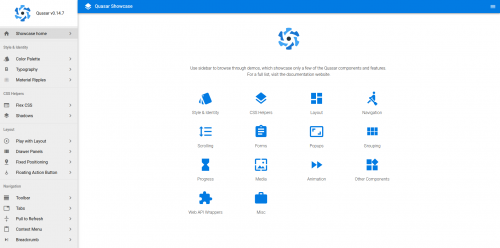The other day I came across this story by Guy Shachar, in which he shares his experience with hiring people and the lack of candidates.
The struggle is real. All the different startups are competing over the same human resource and let me tell you, the list of proficient talent isn’t as long as you might think. Or as someone once told me, the problem with going after the top 1% of talent, is that there is only 1% of top talent. In fact the only thing that’s harder than finding top talent employees, is finding top talent employees that are interested in working in your startup.
This reminded me of a long rant I wrote about ten years ago – Where did all the PHP programmers go? And I wasn’t even looking for the top 1% of talent at the time. I have been continuously involved in hiring for a number of companies since that blog post. I’ve tried a variety of different approaches with varying success. But the problem is real and it’s getting worse. There’s huge demand, insufficient supply, and the quality of the supply seems to be dropping as well, with many educational institutions falling behind the progress.
And it’s even tougher for the startups, as they don’t have much to throw into the competition with the larger established companies.

